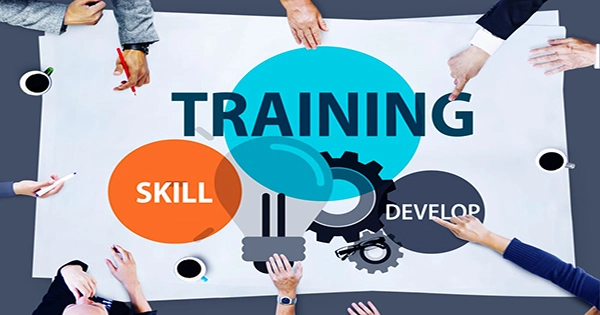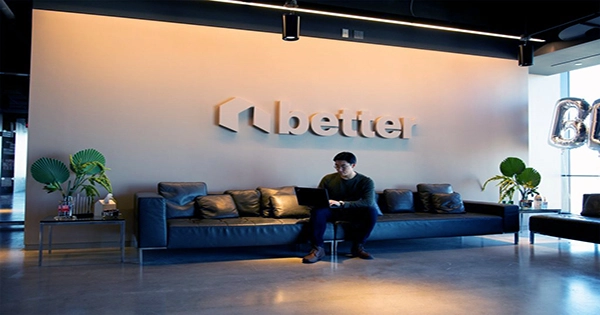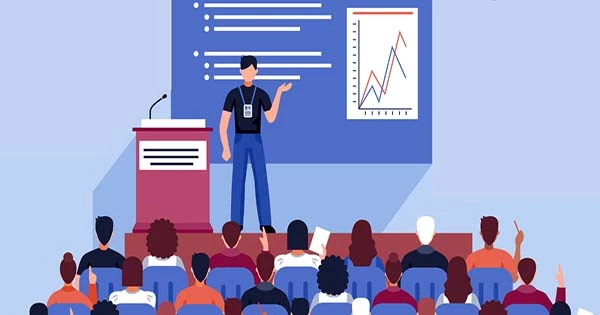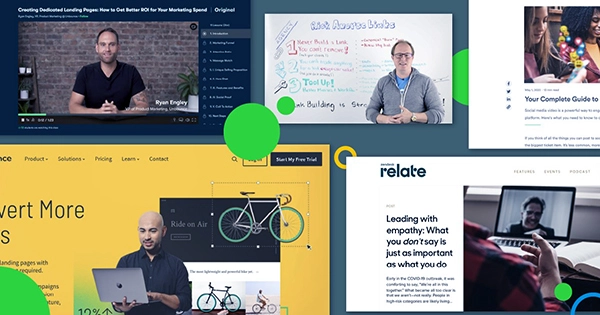Developing a positive company culture also requires investing in the training and development of personnel (which naturally encourages employees to stick around). Understanding the value of training and development is one thing, but the key lies in really determining what your employees’ requirements are. If you make a mistake, you risk wasting money and time on training that may not be required.
So how do you determine what kind of education and training your staff need? Here is a helpful how-to guide:
Set clear expectations for each role: You must first establish precise expectations for each function in your company before you can determine the training and development needs of your employees. As a result, a benchmark is established for performance evaluation.
When new positions are formed or when significant changes are made to existing roles, job descriptions should be reviewed. Consistently take into account lesser adjustments as well.
By doing this, it is simpler to comprehend the abilities a worker requires to succeed in each function. This in turn enables you to spot skill gaps and prospective areas in need of training and growth.
Monitor employee performance: Performance evaluation and monitoring should be welcomed as a way to help employees (not punish them) and can be a useful tool in spotting growth prospects.
Establish clear expectations for workers and deal with performance hiccups on an individual basis. Understanding the underlying causes of inconsistent performance puts you in a better position to react positively and provide the necessary training.
On the other hand, if a worker consistently exceeds expectations, you could work with them to establish more difficult targets to push their limits.
Ask away: Although it might seem apparent, adding employee feedback to your SMEs’ training and development plan can be very beneficial.
Use focused employee evaluation in place of customary employee questionnaires to promote candid and open feedback. This will spark a useful conversation regarding professional growth and assist you in determining the precise staff training needs.
Use routine one-on-ones or performance reviews as opportunities for candid dialogues and feedback rather than scheduling special meetings. Asking employees to rate their performance and job happiness before asking them for suggestions on how to improve it is an easy method to accomplish this. Additionally, request their feedback on your present training and development program to determine whether it supports their career objectives.
Don’t limit your business to individual-level input; instead, ask management for feedback on staff and contrast it with the staff members’ own assessments to spot discrepancies. It is also beneficial to solicit manager evaluations from the workforce.
Analysis: The strategy and objectives of your SME will already be established. Add to that a review of the work that achieves those objectives. You should be able to use this to pinpoint the personnel training and development requirements unique to each team and position.
You can identify gaps in your training and development program by paying attention to what’s going on underneath the surface.
Training and development requirements will most likely fall into one of three groups:
- enhancing staff members’ industry expertise
- requisites for the job
- a person’s growth
Make the most of personal development plans: Giving staff members the freedom to direct their own personal growth can have a significant impact on their engagement and drive in your company.
Effective personal development plans can assist you in identifying any pertinent training and development needs while also enhancing communication.
Use cloud-based HR software, like Breathe, to make it simple for employees and managers to remain on top of goals and performance.
Use focus groups to understand employee training and development needs: Focus groups can be a helpful tool for determining your company’s needs for training and growth. A focus group, led by a skilled facilitator, examines a cross-section of the workers in your company.
They are an effective technique to learn what employees think about the training that is currently being offered and how to make it better. Focus groups can show that you actually care about the opinions of your staff.
Set up a system of mentoring and coaching: While identifying extra employee training and development needs, closely aligning personnel with a mentor will aid in skill development. Programs for mentoring can be just as effective for mentors as they are for mentees in helping employees advance their careers.
Don’t assume that senior managers must be the ones mentoring more junior staff members. Mentoring in reverse can be equally effective.
















